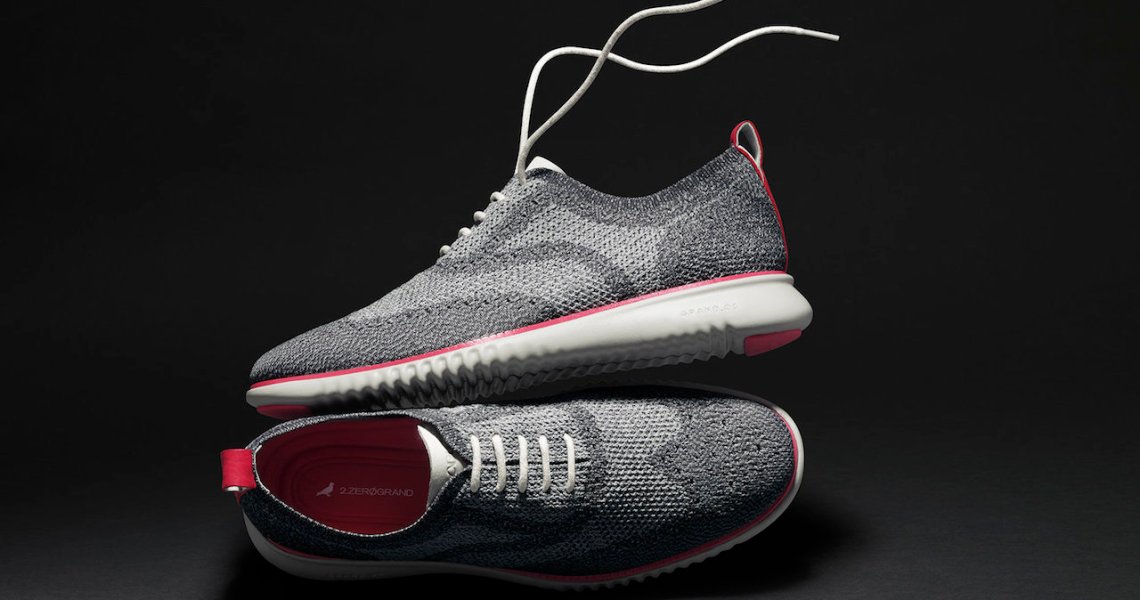Three-year-old streetwear marketplace TheDrop had an unexpected boom in business during the pandemic. Tripled ROI on marketing and an influx of new brands has helped the company to become profitable more than a year earlier than it had expected and to attract Jeff Staple — influential streetwear designer and commentator on the industry via his podcast, The Business of Hype — to join the company’s board of directors.
TheDrop, which sells new products versus resale, works by letting brands and retailers upload their inventory relatively easily — co-founder Matt Falcinelli said, in some cases, it can be done in 10 minutes. TheDrop then handles all the customer-facing parts of the transaction, while brands remain in control of pricing and product selection, and maintain possession of inventory. The company has more than 300 brands on board, from big ones like Clearweather and Staple to smaller ones like Akomplice and Faded Royalty. TheDrop takes a cut of each sale — around 17% to 20%.
Falcinelli said that, for streetwear brands, like most fashion brands, inventory is a major concern right now. The marketplace model is meant to give brands a way to maintain control of their inventory and pricing, and protect brand equity. Amid the current economic crisis, even Supreme has been forced to discount, said Staple. Yet consumer demand for streetwear remains high, so marketplace models like TheDrop are providing an alternative route to clinching styles.
Around 20% of the 105,000 styles on TheDrop marketplace are discounted, and those discounts are buried, with new products always given merchandising and marketing priority. Streetwear brands thrive on their image, so discounts are downplayed, said Falcinelli. And TheDrop never has any input on how brands price their goods. It also provides complimentary marketing for the brands it works with, notifying customers through email about new drops and broadcasting new collections to its more than 100,000 followers on Instagram.
The marketplace model provides brands with data that streetwear brands typically don’t see, said Falcinelli. For example, data shows that brands that consistently release smaller drops every one to two weeks see more sales and engagement than brands that have larger drops with wider or irregular gaps between releases. TheDrop shared this data with streetwear brand Clearweather, which adjusted its drop schedule to match. According to TheDrop, Clearweather has since seen a 72% increase in sell-throughs in the first three days following a drop.
Falcinelli said updates based on the data TheDrop provides typically result in an 8-10-times increase in ROI for the brands that sell through the platform.
“Very simply put, streetwear is built on the idea of drops that sell out right away,” Staple said. “The reality is that any brand doing a certain volume can’t bat 1000 every single time. If you drop something every week and you have collabs and whatever else, not everything will sell all the way through. Every brand sits on inventory, and inventory is the killer. It’s like produce; it rots on your shelf. What I like about TheDrop is it removes some of the clotting that happens, letting brands move more inventory without devaluing the brand through markdowns.”
Ad position: web_incontent_pos1
Reaching profitability also means that TheDrop can put off seeking investors. The company has raised $2 million in funds so far from a diverse group of individual investors, including current and former execs at Nike, Adidas, New Balance and Puma. Falcinelli declined to give annual revenue numbers for the company, which currently has around a ten employees. It also had an early advantage by having Jim Aviles, founder of one of the first online payment processing companies, Merchant e-Solutions, as an early investor. He has given the company a favorable rate on payment processing normally reserved for companies with the scale of Amazon.
“There have been a lot more brands coming to us in the past few months,” Falcinelli said, noting that the company’s ROI on marketing has tripled since March. “We broke even in May, which is a great feeling, but a weird feeling. too. Talking to investors is a full-time job and it’s great to not have to worry about that immediately.”
Ultimately, Staple said there isn’t any one go-to channel or marketplace for streetwear, just yet. Most of it is sold DTC for smaller brands, and a combination of DTC and wholesale for large brands like Nike. But with the popularity of marketplaces rising, both Staple and Falcinelli hope that TheDrop will become the premier destination for streetwear fans to discover new brands.
“Farfetch is a behemoth, but there’s no cultural currency with Farfetch,” Staple said. “Nobody goes to Farfetch to discover a cool new streetwear brand. Even the blogs like Highsnobiety and Hypebeast — it’s easy for a brand to get lost there in the thousands of stories they’re telling everyday.”


